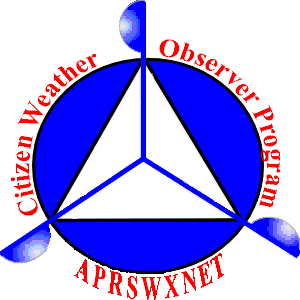| Ozone Concentration | |
 |  |
| Description: The ozone layer protects Earth from harmful ultraviolet solar radiation. Ozone is a gas made of three oxygen atoms, and just like any
other gas it circulates in the atmosphere. During the fall months, ultraviolet energy (UV) from the sun splits chlorine molecules in the atmosphere above the South Pole.
These chlorine atoms are highly reactive, and begin to turn ozone (O3) into molecular oxygen (O2),
causing the infamous Antarctic ozone hole. Holes are not limited to the South Pole, however. They also form in the North Pole and other areas around the world.
The Antarctic hole is famous due to its size and relative longevity, compared to other locations. NOAA's polar orbiting satellites are used to monitor the ozone hole.
This daily imagery uses infrared and UV data combined from the POES HIRS and SBUV/2 sensors to measure ozone concentration around the globe.
Areas colored in shades of blue have normal or safe levels of stratospheric ozone; areas colored red are below the 220 Dobson Unit level and are considered dangerously low.
Data Source:NOAA/NESDIS/OSDPD TOAST data page | |
| View High Resolution Version | |
Updated:
1/13/2026 09:45:00












